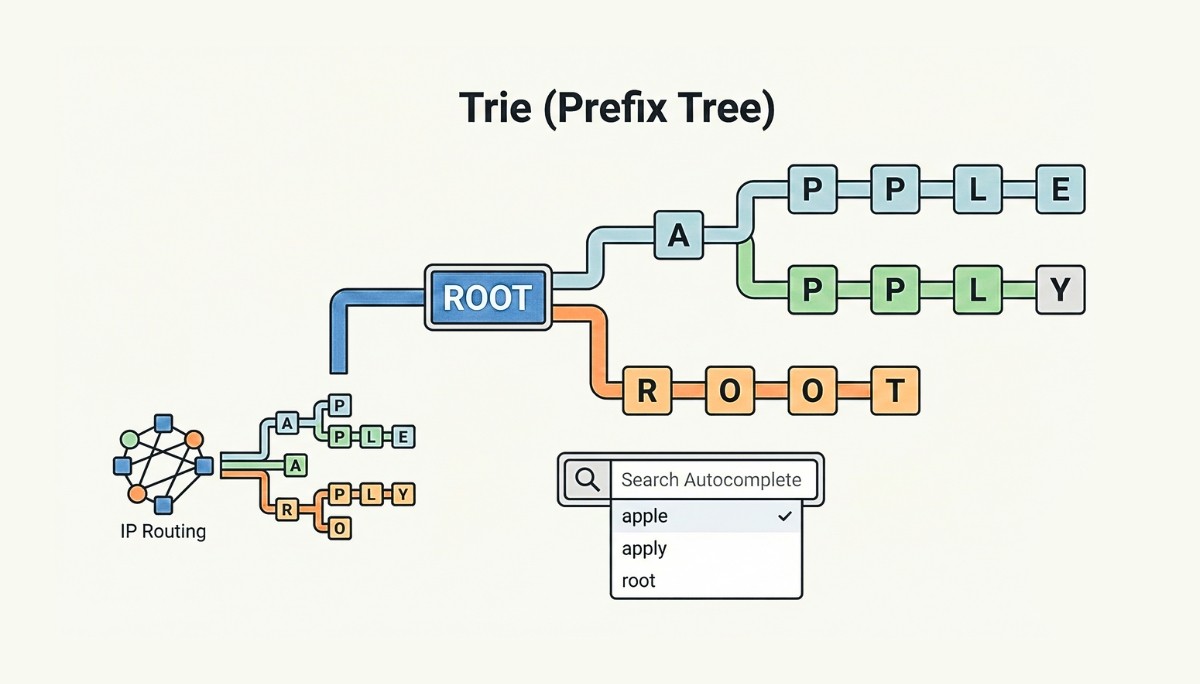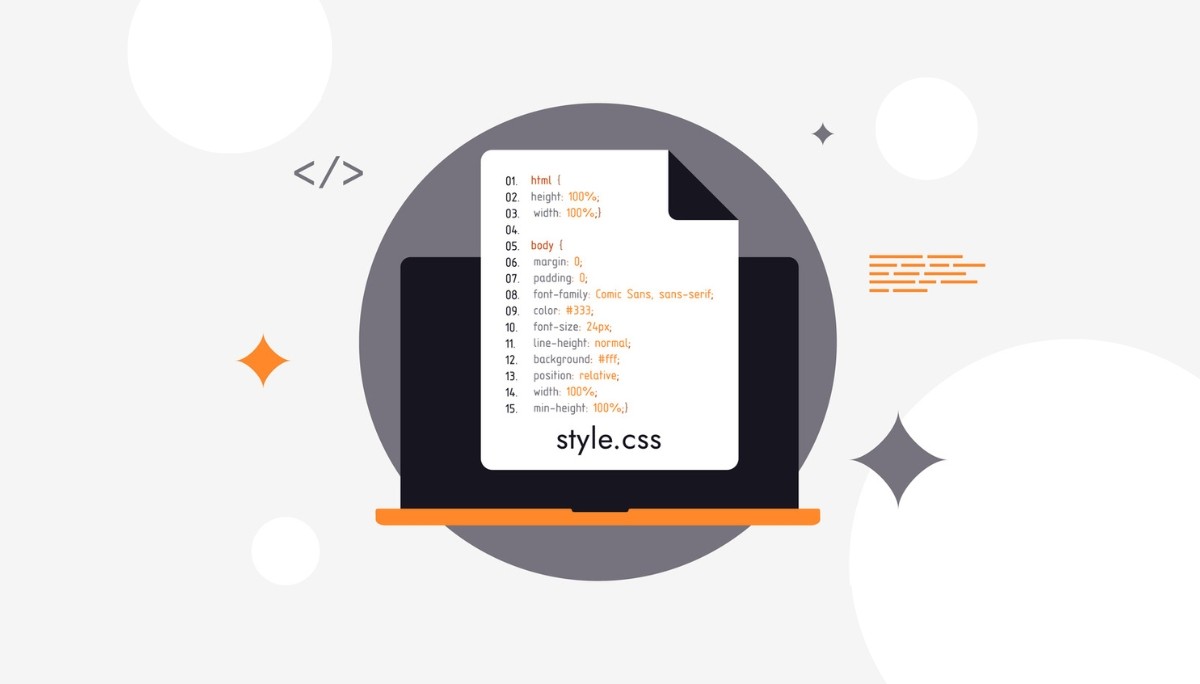Version Control Systems Explained: Git, Databases, and Why They Matter
By
Liz Fujiwara
•
Sep 17, 2025
Version control systems track code changes and allow developers to collaborate seamlessly on the same project. Whether using Git, SVN, or Mercurial, these systems ensure code integrity, simplify managing multiple versions, and facilitate efficient teamwork. By keeping a detailed history of changes, version control systems make it easier to identify errors, roll back problematic updates, and maintain a stable codebase. This article will explain the different types of version control systems, their key features, and help you select the best one to meet your development needs.
Key Takeaways
Version control systems (VCS) are essential in software development, enabling effective collaboration and management of source code changes among multiple developers.
There are three primary types of VCS: Local, Centralized, and Distributed, each designed to support different teamwork dynamics and project requirements.
Choosing the right VCS is critical and should take into account factors such as project size, team collaboration needs, and integration with existing development tools to maximize productivity.
Types of Version Control Systems

Version control systems are the backbone of modern software development, enabling multiple developers to work seamlessly on the same project. There are three main types of VCS: Local, Centralized, and Distributed, each offering distinct advantages and addressing different project needs.
Centralized systems use a central server to manage files, making them ideal for teams that require synchronized updates. In contrast, distributed systems allow each user to maintain a complete copy of the repository, supporting independent work and providing resilience against server failures.
These systems are essential for managing changes to source code and facilitating collaboration through effective source code management and coordinated code edits.
Local Version Control Systems
Local version control systems operate on a personal machine, allowing users to manage changes directly on their own system. These systems store the version history in a database on the user’s machine, providing a self-contained environment for tracking changes and maintaining history. However, only one contributor can work with a local VCS, as changes are managed individually.
While this setup works well for personal projects, it is limited for team-based workflows due to its lack of collaboration capabilities.
Centralized Version Control Systems
Centralized version control systems synchronize all changes to a central server, which stores the complete version history and all files. Developers check out files from the central server to make edits and then commit their changes back to the repository. This setup supports teamwork but can cause significant slowdowns during server interruptions, affecting all developers’ ability to work and potentially risking data loss.
Despite these challenges, centralized systems are effective for projects that require synchronized updates and streamlined collaboration.
Distributed Version Control Systems
Distributed version control systems allow users to work independently with their own complete copy of the repository. Popular systems like Git and Mercurial exemplify this approach, providing flexibility and resilience that centralized systems lack. Each user maintains a local copy of the entire repository and its history, enabling offline work and faster commits.
However, distributed systems can present challenges, such as coordination issues and the risk of outdated repository copies. Despite these hurdles, they are widely adopted in modern development due to their efficiency and strong collaboration capabilities.
Popular Version Control Software

The world of version control software is extensive, with numerous tools designed to meet diverse project needs. Each system offers unique capabilities that enhance collaboration and efficiency. From Git, known for its decentralized workflow and flexibility, to Subversion (SVN) with its centralized structure, selecting the right tool depends on specific project requirements.
Other options, such as Mercurial, CVS, and Perforce Helix Core, cater to various development scenarios, ensuring that there is a suitable solution for teams of all sizes and project types.
Git
Developed by Linus Torvalds in 2005, Git has become a cornerstone of the developer community. Its key features, including branching, merging, and a decentralized workflow, make it ideal for flexible and efficient collaboration on software projects.
Git enables teams to maintain a complete history of code changes, ensuring that developers can pull the latest updates before merging their own changes, an essential practice for effective collaboration.
Subversion (SVN)
Subversion (SVN) is a centralized version control system, widely recognized for its simplicity and structured approach. SVN integrates easily with various programming languages and manages both text and binary files consistently. Released under the Apache License, Apache Subversion remains a reliable choice for development teams seeking straightforward, centralized version control.
Mercurial
Mercurial is a distributed version control system designed to manage large projects efficiently. It provides a decentralized workflow similar to Git, allowing developers to work independently and merge their changes seamlessly.
Despite its robust features, Mercurial remains user-friendly, making it a popular choice for teams seeking a balance between functionality and ease of use.
CVS (Concurrent Versions System)
An early pioneer in version control, CVS (Concurrent Versions System) is one of the oldest systems that helped shape modern version control practices. It remains relevant for both commercial and open-source developers, continuously improving its capabilities. CVS allows users to compare different versions, including the latest and previous iterations.
Despite its age, CVS’s influence on the development of version control systems remains significant.
Perforce Helix Core
Perforce Helix Core excels at managing large-scale projects by supporting extensive workflows. It accommodates both centralized and distributed development models, offering flexibility for teams of different sizes and project requirements.
This versatility makes Helix Core a strong choice for enterprise-level projects that require robust version control capabilities.
Key Features of Version Control Systems

Version control systems keep work safe, organized, and easy to collaborate on, supporting effective teamwork while maintaining code integrity. Their primary function is to back up and archive source code, preserving a complete history of the codebase.
This practice increases productivity and accelerates development, enabling teams to build and ship projects more efficiently.
Branching and Merging
Branching allows developers to isolate their changes, supporting experimentation without affecting the main codebase. This is essential for parallel development, enabling developers to work independently in separate branches.
The merging process reconciles changes from different branches, ensuring that the final product integrates all contributions. The interplay between branching and merging is vital for maintaining code integrity and supporting efficient collaboration through merge requests.
Commit History
A commit history enables swift rollback to previous versions, minimizing disruption during development. It also serves as a critical resource for developers to understand the rationale behind changes and past decisions. By maintaining a comprehensive record of all modifications, the commit history provides a valuable reference for the development team and the project’s revision history.
Conflict Resolution
Conflict resolution is essential for maintaining code quality when multiple edits occur simultaneously within the same file. Merge conflicts can arise when several developers push changes to the same files in Git. Effective conflict resolution strategies enable teams to quickly identify and resolve discrepancies, preserving productivity and ensuring code integrity while managing conflicting changes.
How Version Control Systems Work

Version control systems provide:
Complete visibility into code history
A single source of documentation for all project files
Automated tracking of changes, which accelerates collaboration and enhances security
Tracking of every modification to each project file
Maintenance of a comprehensive history of changes
Quick recovery and troubleshooting if errors occur
Writing clear commit messages is essential, as they explain the changes made during a commit and contribute to overall project clarity.
Repositories
Repositories serve as the central hub for all project files, including their evolution and associated metadata over time. They form the backbone of version control systems, allowing developers to access, modify, and manage individual files while maintaining a complete history of changes.
This centralized storage ensures that all team members work from the same source, facilitating efficient collaboration and streamlined project management.
Commits and Pull Requests
Commits are essential in version control systems, functioning as snapshots of the code at specific points in time. Each commit records the changes made to files and includes a message describing the update.
Typically, a pull request follows a commit, allowing team members to review, discuss, and approve changes before merging them into the main branch. This formal process ensures that modifications are thoroughly vetted, maintaining code quality and consistency.
Remote and Local Repositories
A centralized version control system, such as Perforce, relies on a single central repository that the entire team works from. Local repositories, in contrast, are used for individual development, allowing developers to work offline without immediate network dependency.
Remote repository access enables all team members to collaborate on shared projects across multiple repositories. This dual approach provides flexibility and resilience in the development process, supporting both independent and collaborative workflows. Additionally, centralized access improves overall team efficiency.
Choosing the Right Version Control System

Understanding the size and dynamics of your team is crucial when selecting an effective version control system. The choice of a VCS can significantly impact team collaboration and project management efficiency. Version control improves coordination by allowing multiple developers to work on different parts of a project simultaneously without conflicts.
A VCS should align with your team’s specific needs, taking into account the nature of the project and the technical expertise of its members.
Project Size and Complexity
It is important to choose a version control system that can handle various file types and larger file sizes as project complexity grows, particularly when managing numerous files. Larger projects often require a VCS capable of managing extensive codebases and supporting collaboration among multiple contributors.
A distributed version control system is often better suited for such projects, as it can accommodate complex workflows effectively.
Team Collaboration Needs
A good version control system facilitates real-time collaboration, which is essential for maintaining productivity in software development. Effective VCS tools enhance teamwork by enabling real-time updates and simplifying conflict resolution, making them an invaluable resource for development teams.
Local repositories allow developers to make changes offline, syncing with remote repositories once an internet connection is available. This capability ensures that teams can work efficiently regardless of network status.
Integration with Development Tools
Selecting a version control system that integrates smoothly with existing development tools can streamline workflows and boost efficiency. A robust VCS should work seamlessly with tools such as project management software and CI/CD platforms to enhance overall workflow.
This integration helps teams maintain productivity and ensures a cohesive development process, improving collaboration and supporting timely project delivery.
Introduction to Fonzi
In the competitive landscape of AI talent acquisition, Fonzi stands out as a platform designed to connect businesses with pre-vetted AI engineers through a streamlined recruitment process. Fonzi hosts recurring hiring events called Match Day, which allow companies to extend job offers within a 48-hour timeframe, ensuring rapid access to top AI talent.
How Fonzi Works
Fonzi’s vetting process pre-assesses candidates for their skills, enabling rapid hiring within three weeks. The platform conducts:
Thorough assessments to identify top AI engineers
High-signal, structured evaluations
Built-in fraud detection
Bias auditing
Unlike traditional job boards, Fonzi’s structured evaluations ensure that only the most qualified candidates are presented to companies, facilitating efficient and effective hiring decisions.
Benefits of Using Fonzi
Fonzi makes hiring fast, consistent, and scalable, supporting both early-stage startups and large enterprises. The platform elevates the candidate experience and ensures well-matched talent, helping companies meet immediate hiring needs and build strong, enduring teams.
Summary
Version control systems are indispensable tools in modern software development, facilitating collaboration, maintaining code integrity, and preserving a complete history of changes. By understanding the different types of VCS, including local, centralized, and distributed, developers can choose the right system for their project needs. Popular tools like Git, SVN, Mercurial, CVS, and Perforce Helix Core each offer unique features that support various project requirements. Additionally, platforms like Fonzi streamline the hiring process for AI engineers, connecting companies with top-tier talent quickly and efficiently. Using these tools and platforms can help teams work more efficiently and achieve better results.




